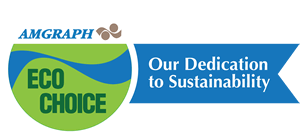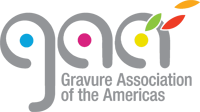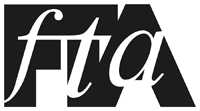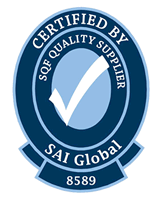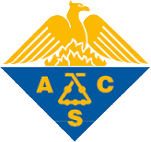Fluorescent package markings are helping to keep polypropylene out of landfills.
Plastic recycling, while certainly on the increase, is still challenging for many consumers. It isn’t always easy to identify which plastics are recyclable, and contamination can be a major problem if dirty or unrecyclable packages are mixed into recycling batches. PET bottles are the easiest to collect and decontaminate for recycling, but according to a recent article in Packaging Digest, an additional 84,878 tons of food grade plastics could be reused in food applications if they could be properly sorted. But right now, those plastics are mostly winding up in landfills.
So, what can be done? A recent breakthrough called PRISM (Plastic Recycling using Intelligent Separation for Materials) is helping to salvage much of that material. PRISM utilizes high-performing luminescent marking to label recyclable plastics, creating what the article describes as an “invisible barcode.”
Fluorescent markers are printed on conventional labels or sleeves. As the mixed plastic waste runs along the conveyor belt at a recycling facility, a high-speed sorting system is illuminated by UV light paired with a reader. It identifies the PRISM label, reads the UV-printed code, and sends the package into the appropriate recycling category. This system is helping to recover polypropylene (PP) containers, which make up the largest portion of those food grade plastics that wind up either in landfills or non-food grade applications. PRISM finds the containers that can safely be recycled into food grade packages.
This innovative technology uses traditional labeling and branding methods that can be coded to specify the status of the pack for application by brand owners to their packaging. The PRISM labels can be flattened, crumpled, and soiled, and they will still be easily detected. Also, the markers can be removed during recycling leaving no traces for the next cycle of use.
According to the article, this is a significant step forward in the categorization of plastics that are sorted automatically at high speed, and it opens up a wealth of new opportunities for brand owners who want to recover their packaging as part of the circular economy.
At AMGRAPH, we are proud to stay on the cutting edge of packaging science. Are you concerned about the recyclability of your food packaging? Give us a call! We’ll help you make the best decision both for your product and for the environment.
